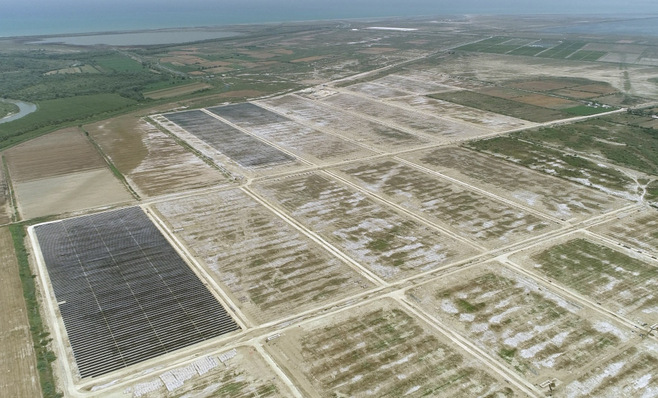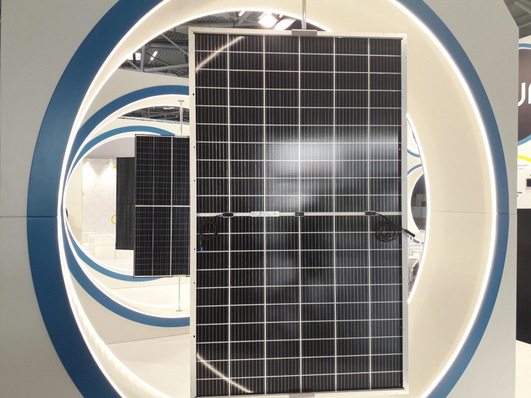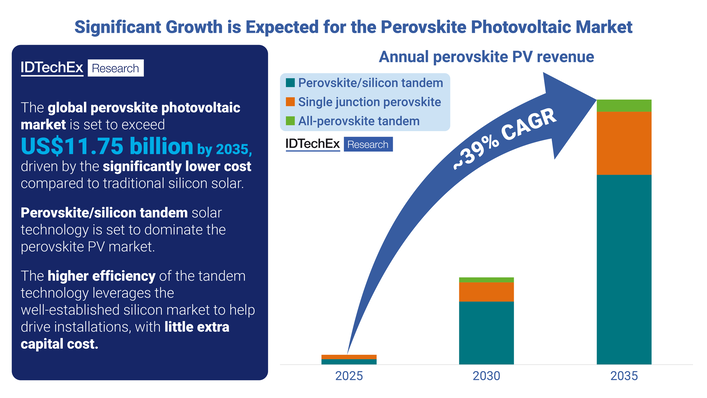Sunman has specialised in the production of light and flexible solar modules that do not require glass. The solar cells are embedded between two layers of polymer composite material. Demand has increased to such an extent that the company has now started to expand its production capacity by one gigawatt.
In-house production of composite material
Initially, Sunman commissioned a production capacity of 500 megawatts per year in China. Further production lines with a total capacity of 500 megawatts per year are scheduled to come on stream in early June 2022.
See also: Return of „made in Europe“
The factory will not only assemble the individual components into modules, but also produce the required polymer composite material. In addition, there will be a test centre where the modules are put through their paces after production, as well as a large research department that will work on the further development of the technology.
Building on roofs with low load reserves
As before, Sunman's target group remains owners of buildings where normal glass-glass or glass-foil modules cannot be installed because they are too heavy. These are buildings with low load reserves. Another application is facade integration, which is easier than with double glass modules because they do not need approval as glass elements.
Also interesting: Sweden surpasses gigawatt solar milestone
Sunman also wants to integrate the modules into vehicles. Here, too, they benefit from their low weight. After all, the lightweight modules weigh only 30 per cent of a standard module. In addition, they have the advantage of being flexible, a feature that glass-glass or glass-foil modules do not have. (su/mfo)
For more on Sunman and the flexible solar modules, have a look at this video:







